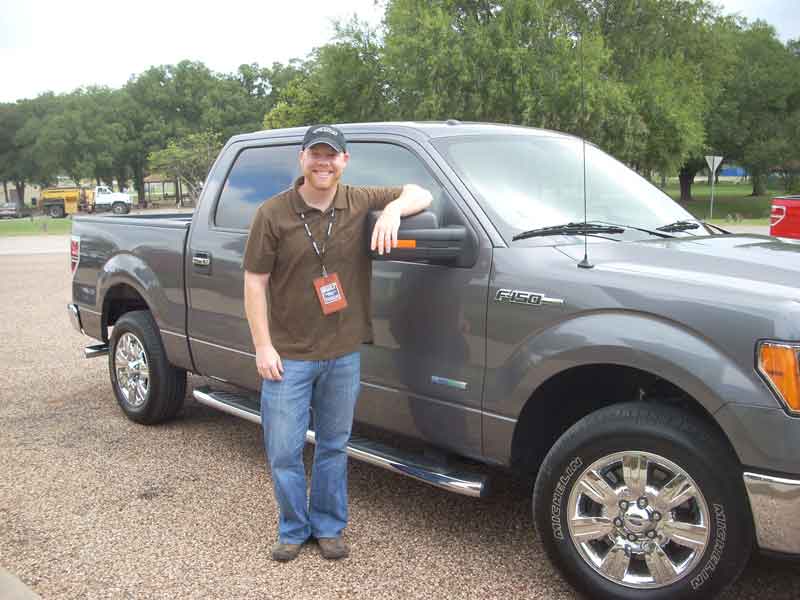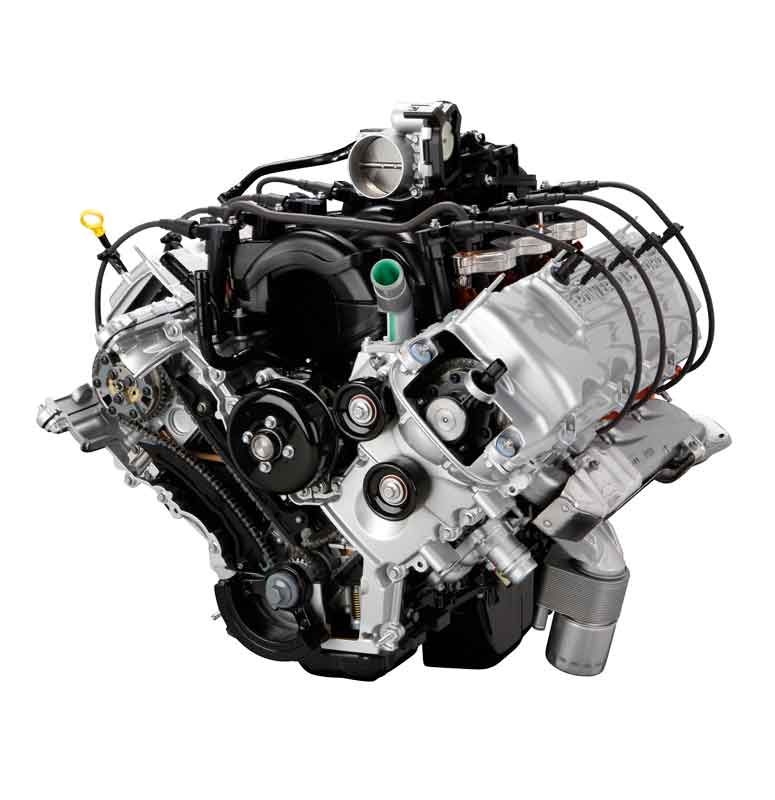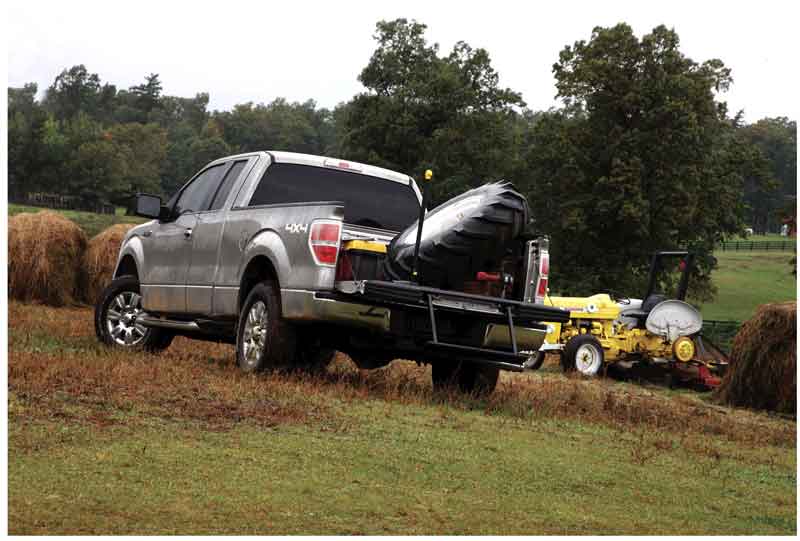Editor at Large Day 2: Under the Hood with the New Ford V8s
 The United States can be considered the home of the V8 — it has always been more popular here than anywhere else. But the famous V styled engine with eight cylinders has lost a lot of popularity in the last few years in North America (chided as expensive gas guzzlers). Four-cylinder engines have marched up further to solidify the market dominance of lower cylinder count powertrains.
The United States can be considered the home of the V8 — it has always been more popular here than anywhere else. But the famous V styled engine with eight cylinders has lost a lot of popularity in the last few years in North America (chided as expensive gas guzzlers). Four-cylinder engines have marched up further to solidify the market dominance of lower cylinder count powertrains.
According to Ward’s Automotive, nearly 62 percent of cars produced in 2009 carried four bangers, up ten percent in just a year from 2008’s 51.7 percent. Despite the V8 engine’s precipitous fall from on high (it was fitted to 88 percent of all cars sold in 1969), there’s still a sweet spot for these bigger power plants — especially when they’re crafted for trucks with efficiency and power in mind.
Last week, Ford Motor Co. released two new V8 engines for its F-150 lineup — a 5.0-liter, four-valve, dual-overhead-camshaft Ti-VCT V8 and a 6.2-liter, two-valve, single-overhead-camshaft V8. The American automotive leader invited editors, writers and truck and trailer aficionados into Fort Worth to test drive the new trucks and powertrains. Ford noted what its F-150 customers wanted — torque, horsepower, fuel economy, performance, durability, reliability and capability — and it offered two V8 powerhouses to fit the bill; they also downsized to two new V6s for fuel efficient power options.
The new 5.0-liter is really the main V8 offering in the 2011 F-150, boasting many best in classes compared with competitors’ standard V8s, including: best-in-class 360 hp at 5,500 rpm, best-in-class 380 lb-ft of torque at 4,250 rpm and best-in-class 10,000 lbs maximum trailer tow. While this 5.0-liter V8 engine is similar to the one powering the 2011 Mustang GT, it has several important differences to optimize it for the harsh duty cycle truck customers demand. First, the camshafts were tuned to improve low-speed torque, which is key to truck customers. Also, the 10.5:1 compression ratio was optimized to reduce knock tendency at lower engine speeds while towing.

“This engine uses proven technology to deliver a great combination of low-speed torque and fuel economy with the durability F-150 customers demand,” said Mike Harrison, V8 engine programs manager.
The 6.2-liter V8 is a premium engine offering on the 2011 F-150, with an expanded offering to the cool F-150 SVT Raptor and other specialty applications. Its attributes include best-in-class 411 hp at 5,500 rpm and 434 lb-ft of torque at 4,500 rpm vs. all competitors – not to mention best-in-class 11,300 lbs maximum trailer tow vs. all competitors
The durability of the engine’s race-proven components and technology was showcased in November 2008 when a 6.2-liter Raptor R not only survived the grueling Baja 1000, it earned a podium finish. The same engine then completed every mile of the 2009 Best in the Desert series. The 6.2-liter V8 utilizes a large bore and shorter stroke. This approach to creating power has its roots in storied Ford racing engines. The large bore allows for larger intake and exhaust valves for improved engine airflow, and the short stroke allows higher engine speed for increased horsepower.
Because of the large bore size, two spark plugs per cylinder are used to more efficiently burn the fuel-air mixture in the combustion chamber, enabling better fuel economy and increased engine torque. The twin plugs also help maintain a smooth, stable idle. The 6.2-liter V8, standard on the 2011 F-Series Super Duty, is uniquely tuned for the F-150 with a special cam profile. The engine is standard on the 2011 F-150 SVT Raptor and other specialty applications (like Ford’s nice towing package).
“This engine has tons of torque, and already has been proved in the field with both the F-150 SVT Raptor and Super Duty,” said Harrison.
So it’s a Super Duty engine in a Ford F-150. That’s definitely an attractive prospect for Compact Equipment customers.


Comments are closed here.